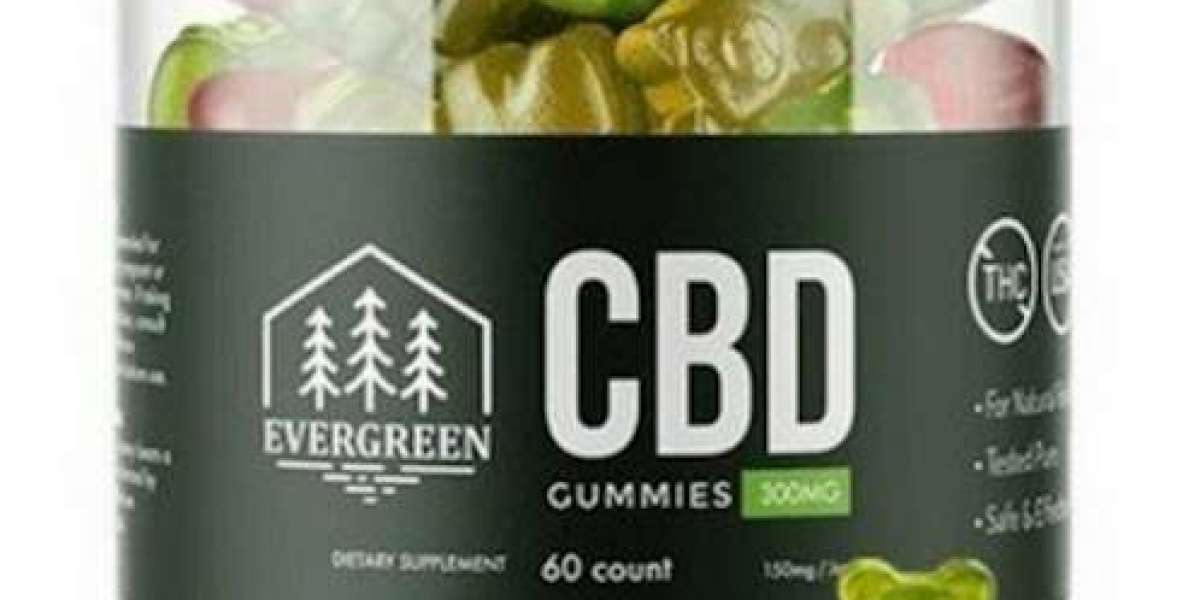The global Medical Aesthetics Market is undergoing a profound transformation driven by a convergence of advanced technologies, changing consumer demographics, and shifting societal perceptions of beauty and wellness. From non-invasive cosmetic procedures to AI-driven skincare solutions, the market is redefining how aesthetic care is delivered and consumed. The expansion of the industry into emerging economies and the increasing normalization of aesthetic enhancements have further accelerated this evolution.
1. Technological Advancements Driving Innovation
One of the most significant shifts in the medical aesthetics market stems from rapid technological innovation. Devices and techniques have become less invasive, more efficient, and safer, expanding access to a broader demographic.
Laser-based therapies, radiofrequency treatments, and cryolipolysis are being enhanced with precision AI algorithms and smart sensors that allow for real-time feedback and customization. These advancements not only improve clinical outcomes but also minimize patient recovery time. Moreover, the integration of robotics and 3D imaging into surgical procedures ensures greater accuracy in facial and body contouring.
Another emerging trend is the development of AI-powered diagnostic tools that help practitioners personalize treatments. These systems analyze skin conditions, predict outcomes, and suggest appropriate interventions, creating a more informed and satisfactory patient experience.
2. Changing Demographics and Cultural Acceptance
The demographic profile of aesthetic procedure recipients is broadening. Once dominated by middle-aged women in affluent regions, the market is now seeing increased participation from men, younger consumers (especially Gen Z and millennials), and patients from emerging economies.
This democratization of aesthetic services has been catalyzed by the normalization of cosmetic enhancements in social media culture. Platforms like Instagram, TikTok, and YouTube have increased visibility and acceptance of aesthetic procedures, often endorsed by influencers and celebrities.
In Asia and Latin America, where rising disposable income and urbanization are intersecting with global beauty standards, demand for both surgical and non-surgical aesthetic treatments is surging. Skin tone-specific treatments, ethnic rhinoplasty, and keloid-free scar techniques are being tailored to meet regional preferences and needs.
3. Rise in Preventative and Holistic Aesthetic Care
There’s a growing trend toward preventative aesthetics, wherein patients begin treatments early to delay visible signs of aging. This is especially true among younger generations who see aesthetic procedures as a form of self-care rather than correction.
Rather than dramatic alterations, consumers are now seeking natural-looking enhancements. Botox, fillers, and skin rejuvenation treatments are increasingly used subtly to preserve youthful features rather than create noticeable changes.
In parallel, the industry is embracing a more holistic view of beauty. Clinics now offer integrated wellness services that combine dermatology, nutrition, hormone therapy, and even mental health counseling. This shift reflects a broader societal movement towards “inside-out” beauty, recognizing that overall health plays a significant role in appearance.
4. Regulatory and Safety Considerations
As the industry grows, so does the scrutiny from regulatory bodies. Ensuring patient safety, product efficacy, and ethical marketing are becoming top priorities across developed and developing markets.
Several countries are updating guidelines to regulate the use of injectables, lasers, and advanced machinery, often requiring certifications for aesthetic practitioners. Additionally, stricter advertising regulations are being enforced to curb exaggerated claims and ensure transparency in patient expectations.
This regulatory tightening, while initially slowing down market entry for some players, ultimately boosts consumer trust and encourages sustainable growth in the long run.
5. Consumer Behavior and the Digital Experience
The digital transformation of the healthcare sector is strongly impacting aesthetic medicine. Virtual consultations, AR-based treatment previews, and teledermatology platforms are creating seamless consumer journeys. Patients can now explore treatment options, consult specialists, and monitor post-treatment recovery all from the convenience of their homes.
Furthermore, customer acquisition in the medical aesthetics market is increasingly happening online. Paid ads, influencer partnerships, and patient-generated content (like before-and-after photos and reviews) are shaping purchasing decisions more than ever before.
Clinics are also investing in CRM systems and data analytics tools to track customer preferences, feedback, and lifetime value, allowing for more personalized services and retention strategies.
6. Market Fragmentation and Competitive Landscape
The market continues to be fragmented with a mix of multinational corporations, niche startups, and private clinics. While major players dominate device manufacturing and injectables, smaller companies are gaining traction with specialized services and region-specific offerings.
Strategic mergers, acquisitions, and partnerships are becoming common as companies seek to expand their geographic reach and technological capabilities. For example, partnerships between skincare brands and med-tech firms are introducing new product-service hybrids that offer both cosmetic and therapeutic benefits.








